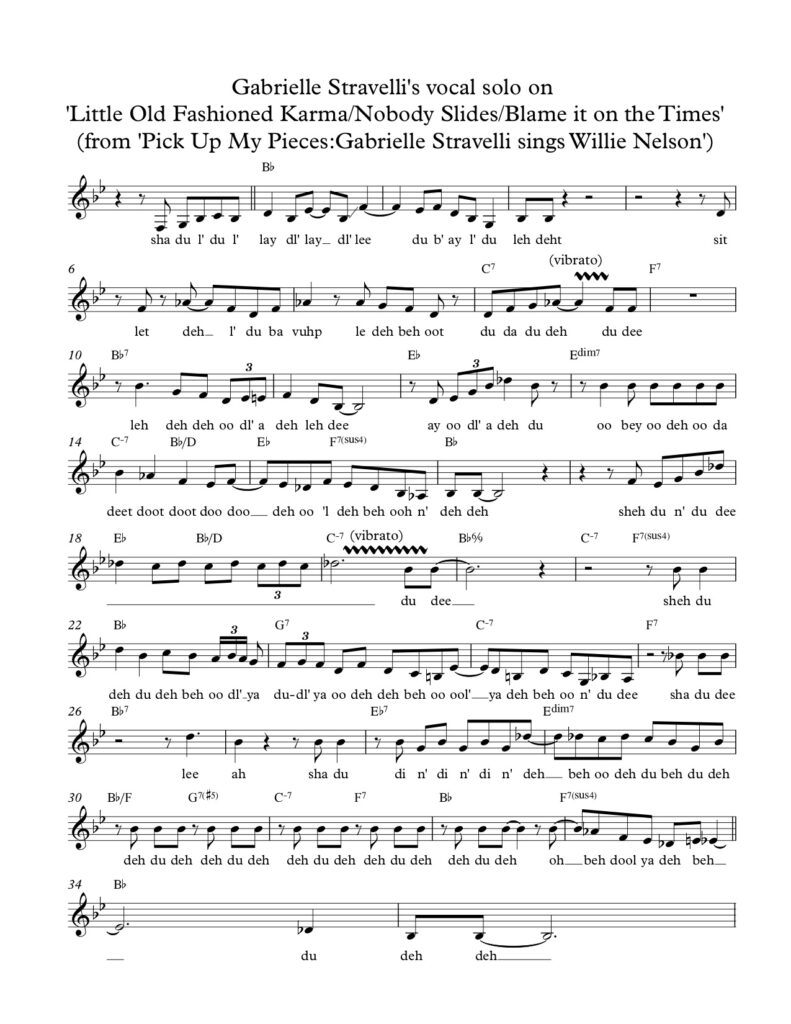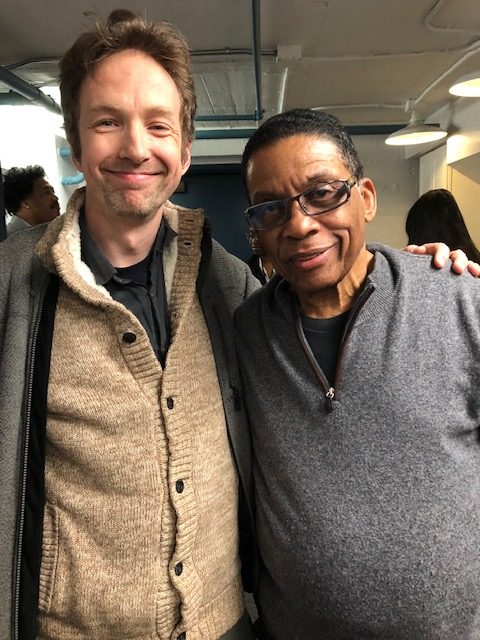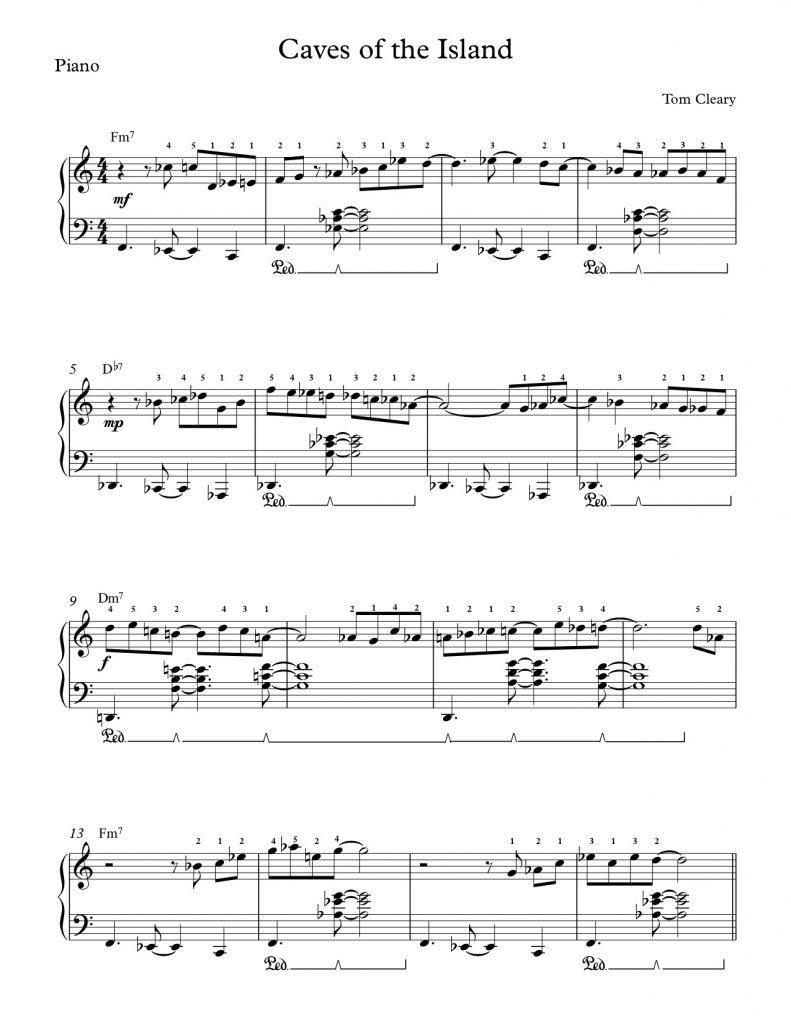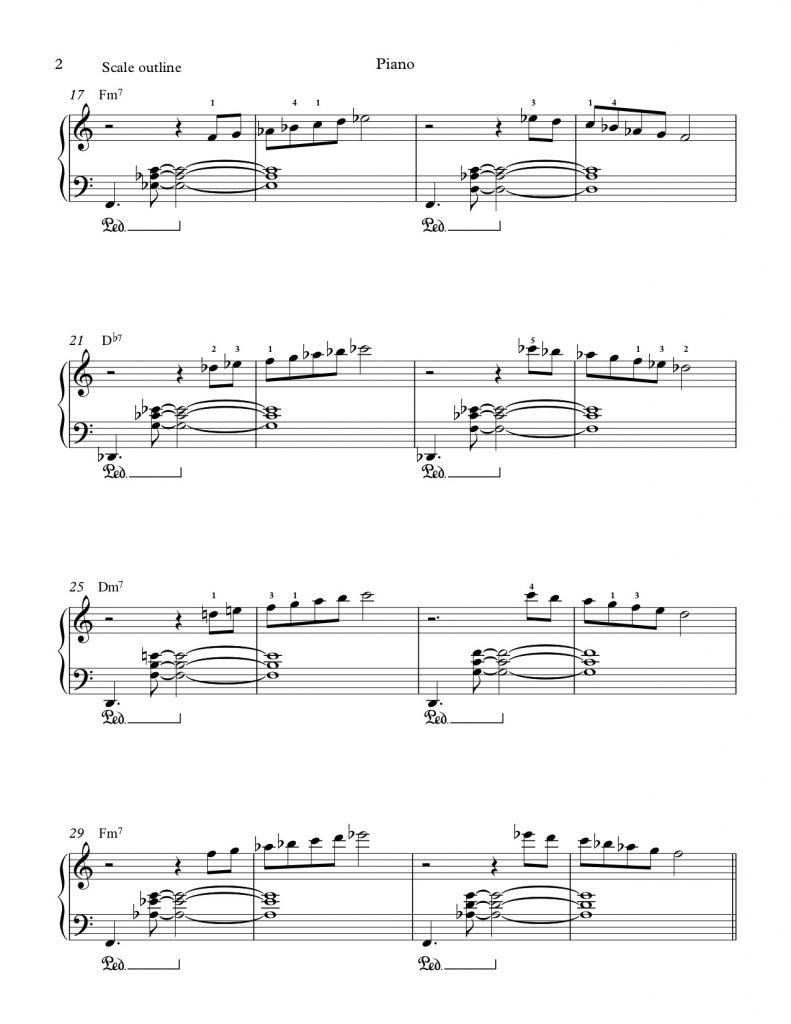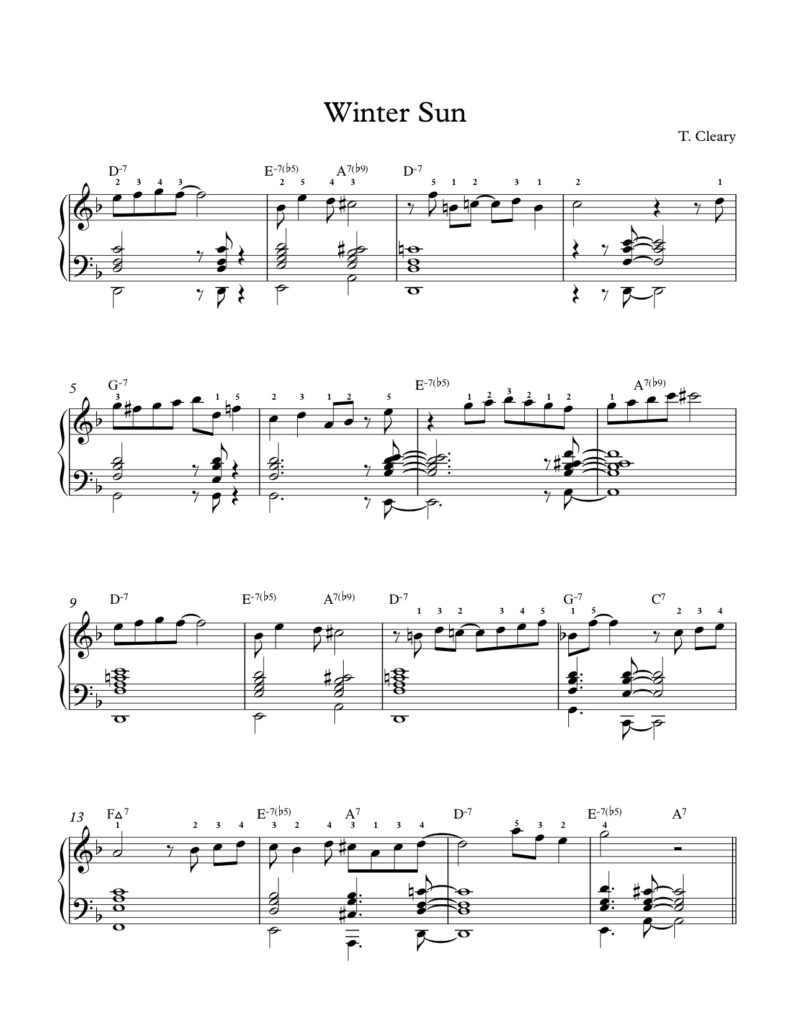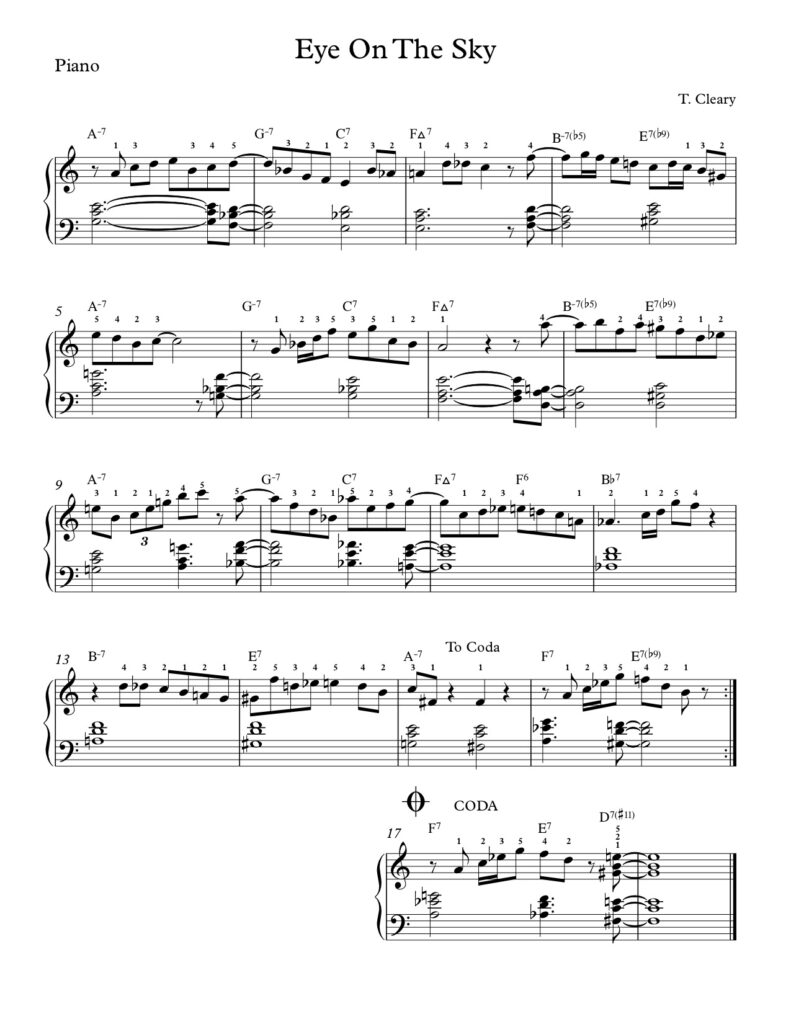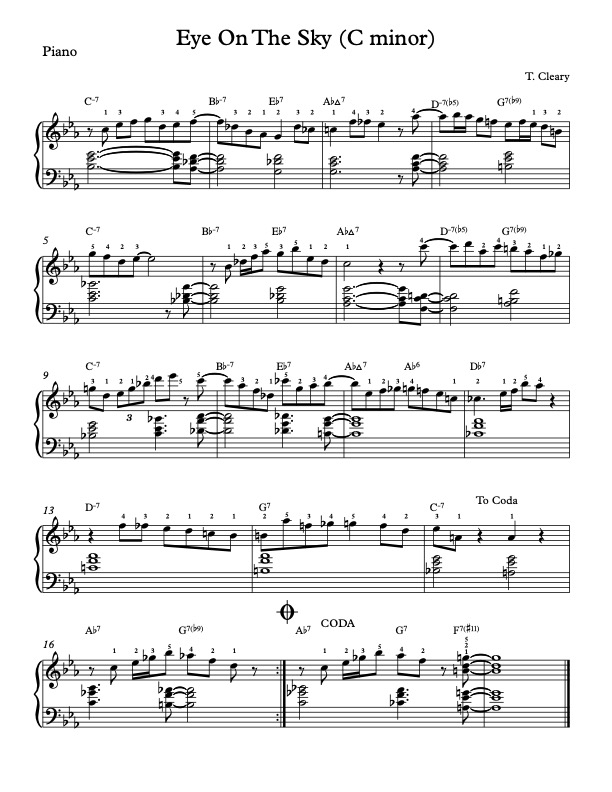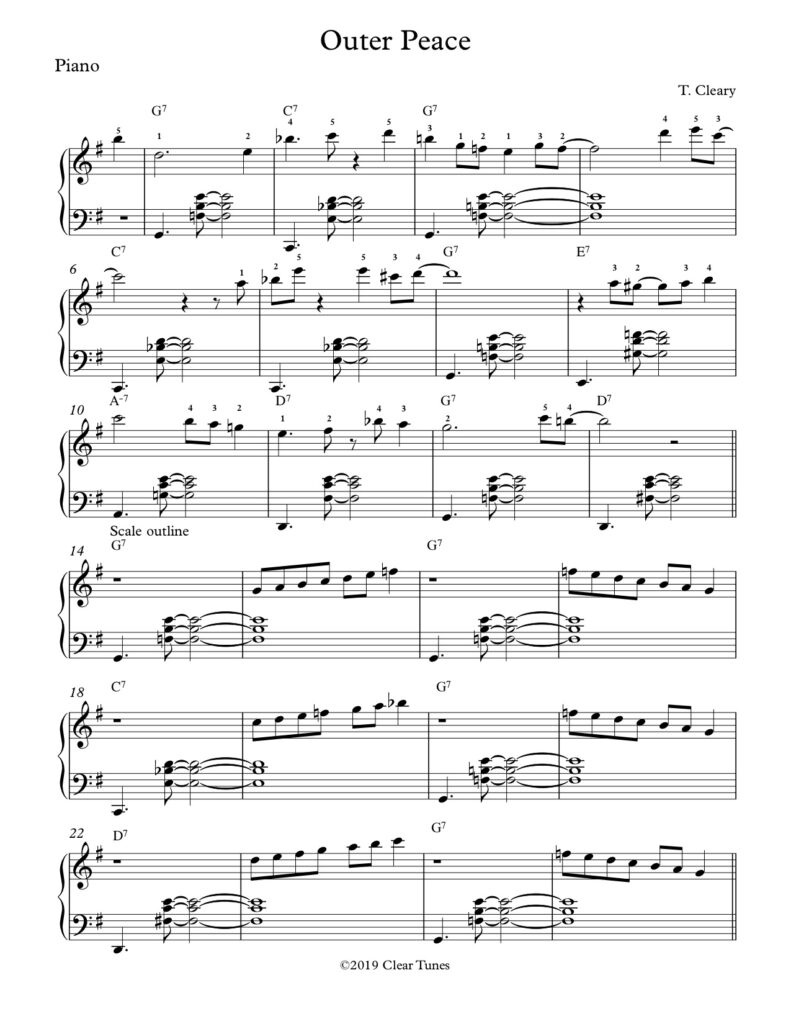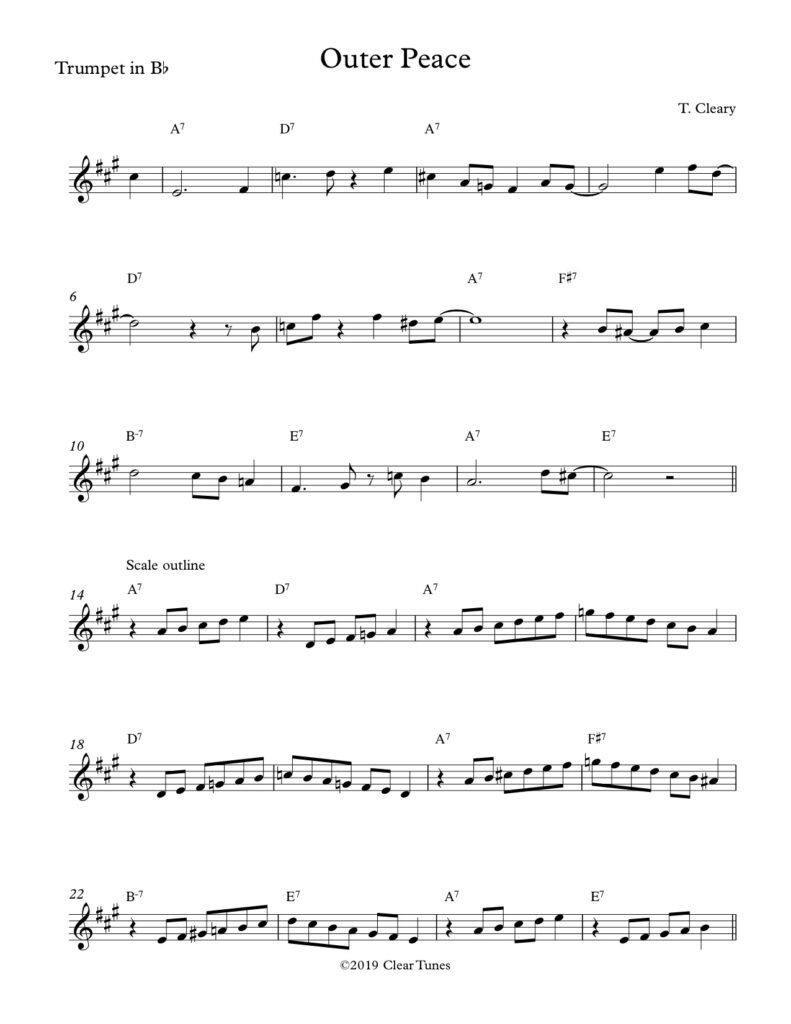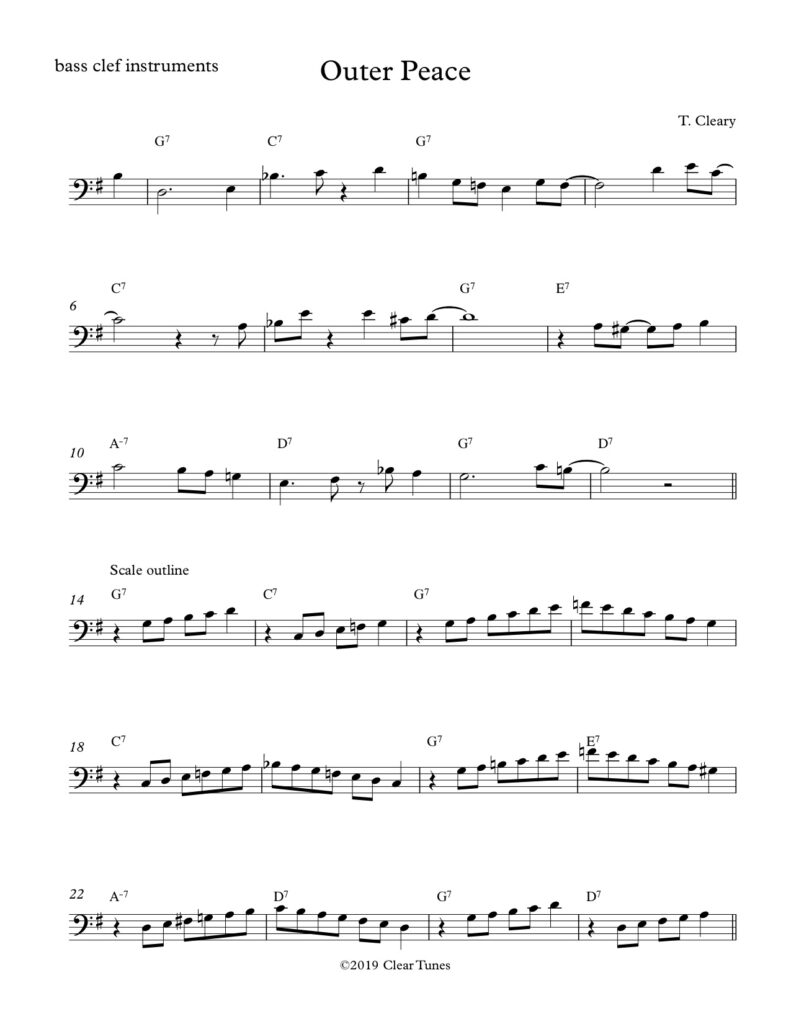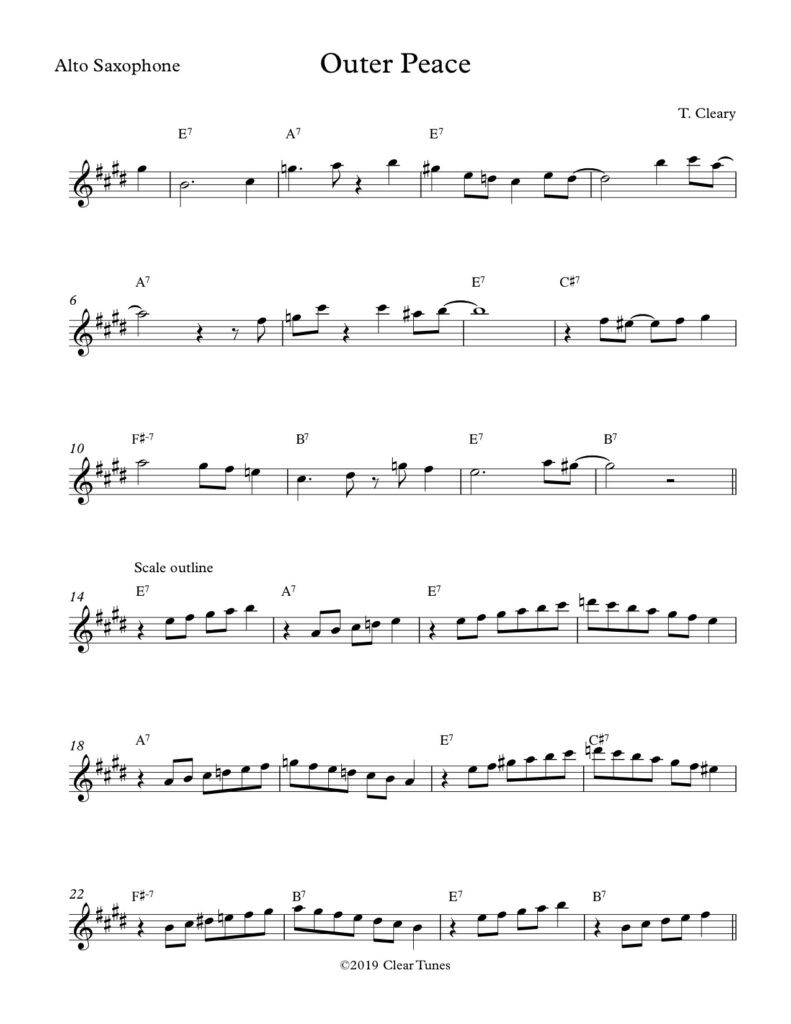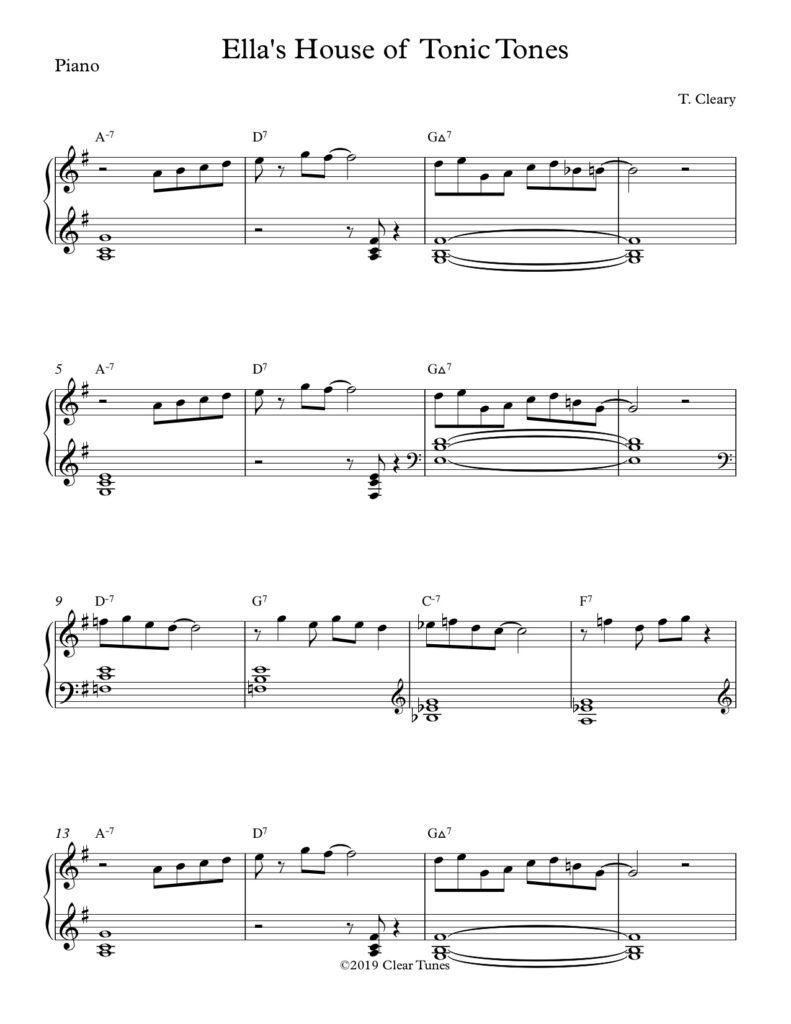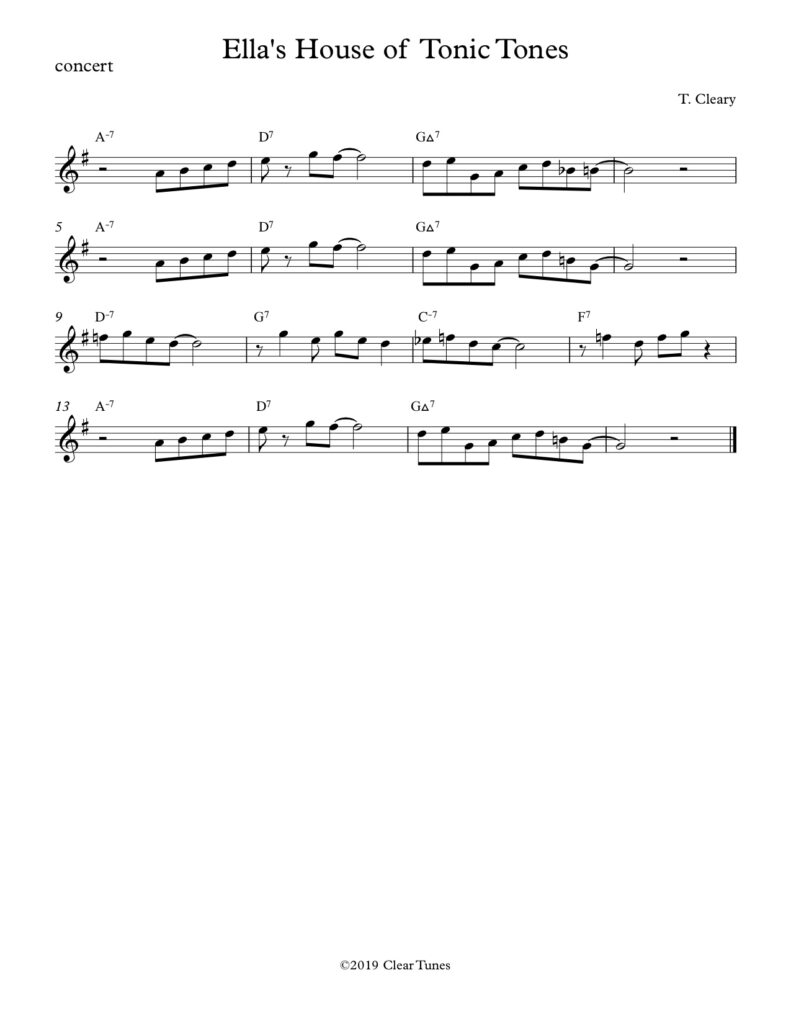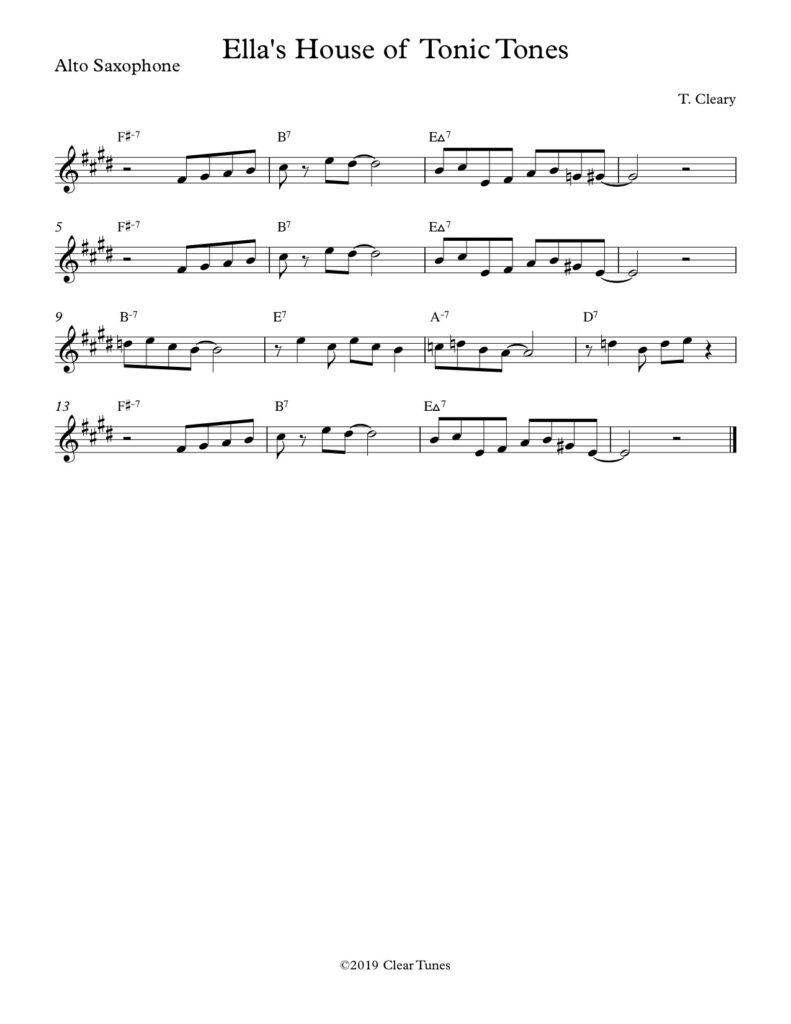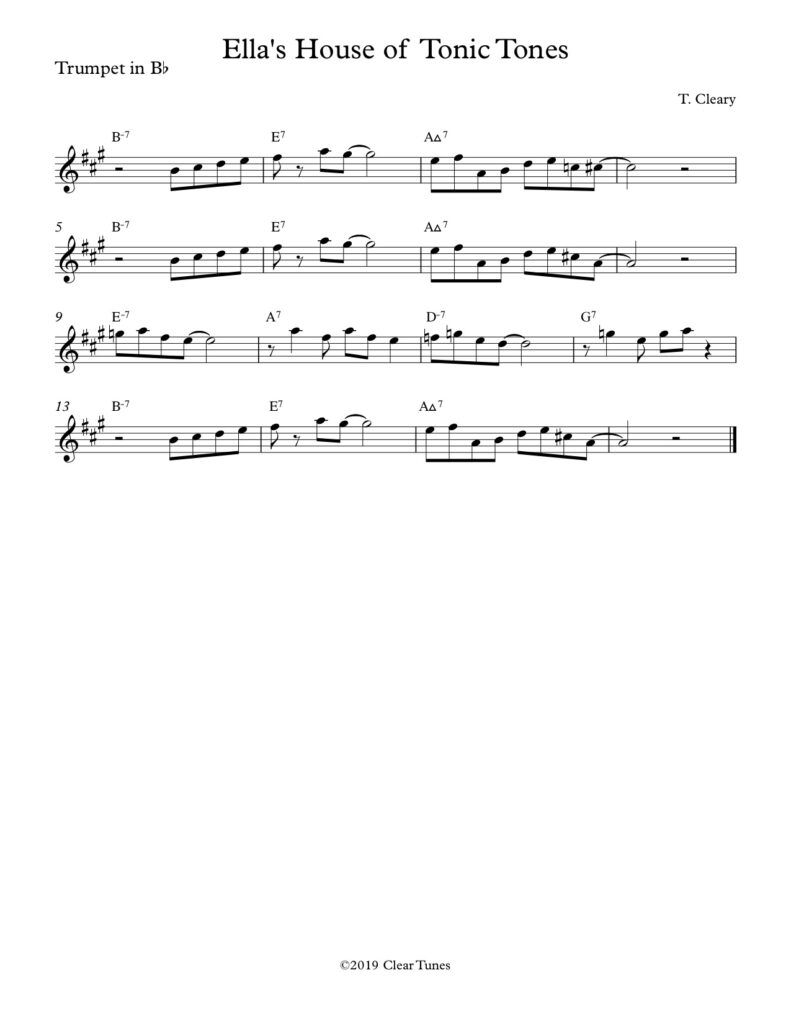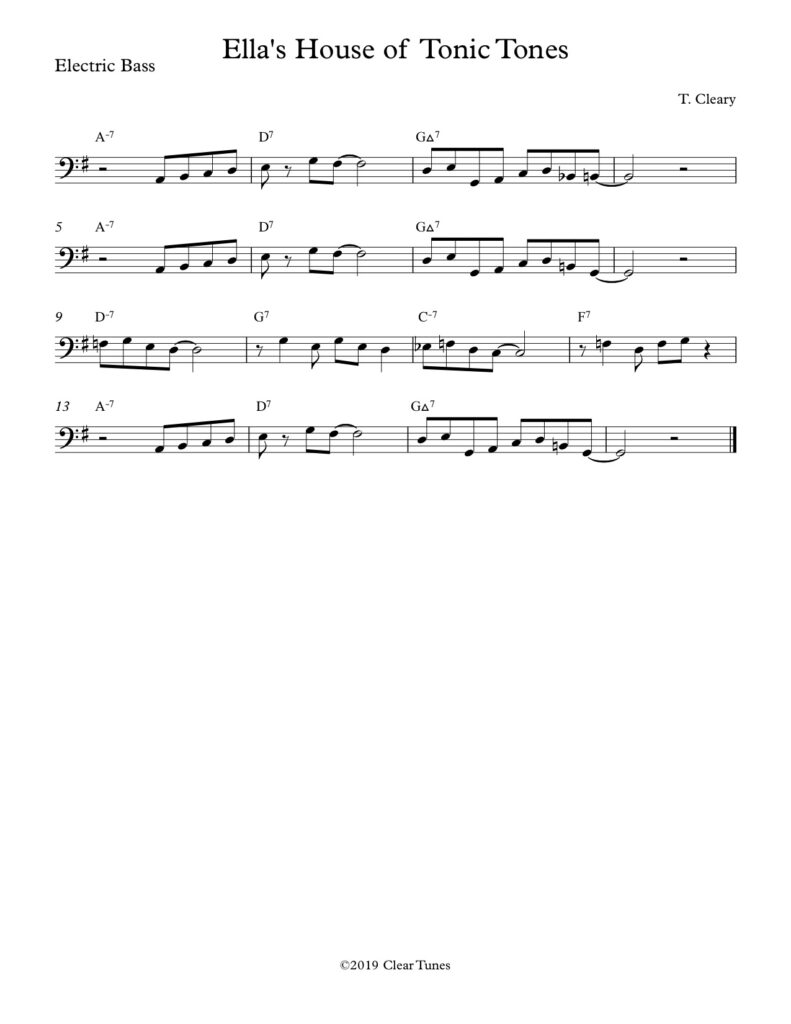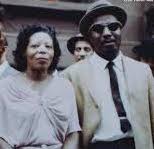
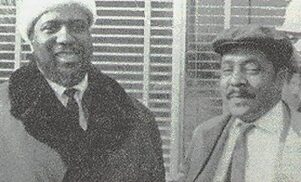
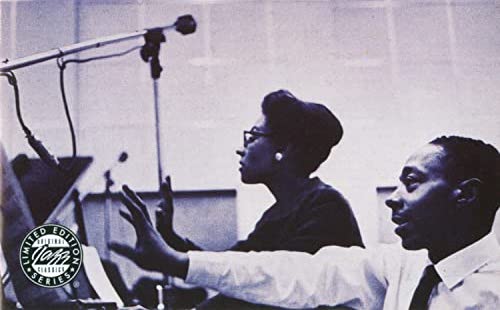
Although jazz musicians are usually understood either as solo artists or members of bands, there is another important kind of relationship between them that sometimes escapes the attention of listeners and historians. Throughout the history of jazz, many players have belonged to musical collectives, groups of musicians who may perform together, but who gather primarily to exchange ideas about music and build a common repertoire and musical aesthetic, usually outside the functioning spaces and hours of the musical marketplace. Recent decades of jazz history have included a number of formalized collectives, including the Jazz Composers Guild, Association for the Advancement of Creative Musicians, M-Base and more recently the West Coast Get Down, but earlier jazz history includes a number of less formalized collectives. It is a sign of gender equity in jazz being an ongoing challenge that all these collectives are either exclusively male or consist largely of male players; more recent groups like Jazz Women and Girls Advocates and Women In Jazz Organization have begun to offer some much-needed balance.
The history of literature includes a number of well-known collectives, such as The Inklings, which included the British writers J.R.R. Tolkien, C.S. Lewis, Charles Williams and Hugo Dyson, whose discussions on their shared interests in world mythology and Christian spirituality influenced their individual literary creations. When one discover the existence of a collective, it often reveals details of how artists influenced each other that are downplayed or even completely hidden when the story of an individual artist is told.
One important musical collective whose association has, until recently, often been left out of jazz history is a group that was by one account called ‘The Three Musketeers’ – pianists Thelonious Monk, Elmo Hope and Bud Powell. Monk and Powell became acquainted around 1942; Powell became a protégé of Monk’s, emulating his sound on the piano and learning his tunes. Not long after this, Monk and Powell began hanging out with Hope, who was between Monk and Powell in age. Powell biographer Peter Pullman writes that “Hope was well connected locally…He was clever, aggressive when he needed to be, and a good talker. That gave him a lot of confidence on the street.” Of the Three Musketeers’ gatherings, Pullman writes: “When they started getting together, the three found each other’s company, around a piano, to be the greatest fun: each so eager to show what he could do with the idea that one of the other two had just played…Monk was content to listen most of the time, so Powell and Hope alternated at the keyboard-or played four hands…[Powell] never bumped Hope off the bench-unless it was done playfully, with the respect of a colleague, an equal…The piano chair constantly rotated…As soon as Hope finished playing, Powell jumped up to play Hope’s idea but put his stamp on it.”
In studying the compositions and improvised solos of the pianists in the ‘Three Musketeers’ collective and comparing their recorded output, I have found a number of kinds of musical evidence that they influenced each other. Further research has led me to think of the collective as extending beyond the three players to include Mary Lou Williams, who had a close friendships with Monk and Powell, and Bertha Hope, who was married to Elmo Hope. Like many other female jazz instrumentalists, their work and their stories are either left out of many versions of jazz history, or not discussed in the same detail as their male contemporaries, despite the fact that they are pivotal figures. Pullman writes that, within the salon atmosphere that Williams fostered at her apartment, ‘Monk, Powell and, as well, Elmo Hope subjected themselves here to Williams’ instruction. She charged herself with getting them to strike the piano with more authority.’ As I’ll mention shortly, Williams’ influence on them extended beyond the confines of piano technique. Bertha Hope, a fine pianist and composer in her own right, is a crucial fifth member of the ‘Three Musketeers’ collective. She is a still active player and composer whose music displays the influence of the collective in a unique way.
The most obvious evidence of mutual influence within the ‘Three Musketeers’ collective can be seen in a common repertoire of songs that Monk, Hope and Powell all recorded. As I mentioned in a previous post, Monk, Powell and Hope all recorded their own arrangements of ‘Sweet and Lovely’, with Powell and Hope’s arrangements appearing to be personal revisions of the arrangement by Monk, who was the first to record the tune. There were at least two other tunes that all three members of the ‘Three Musketeers’ collective included in their studio recordings and/ or live performances: ‘All The Things You Are’ by Jerome Kern and Oscar Hammerstein and ‘A Night In Tunisia’ by Dizzy Gillespie.
Bud Powell’s studio recording of All The Things You Are includes some characteristically ambitious and virtuosic double-timing, as well as an allusion to stride in the left hand and to George Shearing-style ‘locked hands’ melody interpretation in the head out. Powell’s romantic flourishes during the head in and out are in keeping with the Dizzy Gillespie introduction he uses, which is a reference to the Rachmaninoff Prelude in C-Sharp Minor. Thelonious Monk recorded ‘All The Things You Are’ a number of times. His personal approach to and mastery of the tune is most evident in a live version from 1948, which includes a repeated descending scale fragment similar to the one found in the bridge to the Monk tune ‘Trinkle Tinkle’. Monk recorded another version of ‘All The Things’ later the same year with vocalist Kenny Hagood and vibraphonist Milt Jackson. Although Hagood’s soulful long tones find an odd and yet satisfying coexistence with Jackson and Monk alternating between comping and filling frenetically, one can also see why Monk’s approach to accompanying vocalists – surrounding the melody with short chordal bursts and cascading fills – did not make him particularly sought after as a vocal accompanist. Elmo Hope’s trio version of the tune from his album ‘Meditations’ includes both the ii-V to the tritone substitution found in Powell’s ‘Dance of the Infidels’ (more on this tune below) and a Monk-like whole-tone scale approach to the last chord of the bridge. It makes sense that Hope, being the third of ‘The Three Musketeers’ to join, was the best positioned to absorb the influence of both Monk and Powell.
Powell’s trio version of ‘A Night In Tunisia’ reflects his long-term and contentious artistic relationship with Charlie Parker, as Powell does the same arrangement of the tune that is heard on Parker’s recording with Miles Davis, which allows Powell to include his own answer to Parker’s ‘famous alto break’. Hope recorded a version of the tune on the album Sounds from Rikers Island which considerably faster than both Powell’s and Parker’s versions. A live video of the tune from the Giants of Jazz tour in the 1970s shows Monk comping minimalistically behind Dizzy Gillespie. Monk played briefly with Gillespie close to the time he wrote and began performing the tune, and so it is likely that Monk was one of the first pianists to play the tune, although he did not record it with Gillespie. A live version of A Night In Tunisia by Mary Lou Williams contains what sounds like a reference to Bud Powell’s solo around 1:50.
Some members of the Three Musketeers collective also recorded tunes by other members of collective. Powell’s first version of Monk’s ‘Off Minor’, which was recorded ten months before Monk’s own first version in 1947, includes a number of characteristic Bud Powell moves, including an un-Monk-like pedal point intro and the switching of a melody phrase into the left hand during the bridge (recalling Powell’s own ‘Tempus Fugit’.) Monk’s version from October 1947 includes a more spare approach to the tune’s unusual harmony; many of the chords go unplayed in the left hand until the second A section. The most pronounced difference between the two versions is in the solos: there is copious space throughout Monk’s solo, which builds by drawing Art Blakey’s drums into a conversation, rather than building energy within a more continuous eighth note line as Powell does. Powell’s album ‘A Tribute To Thelonious’ includes a second version of ‘Off Minor’ and three other Monk tunes. This album commemorated a longstanding mentor-student relationship between Monk and Powell; Mary Lou Williams said of Powell: ‘He idolizes Monk and can interpret Monk’s compositions better than anyone I know.’
Members of the Three Musketeers collective didn’t compose for each other as often as, for instance, Duke Ellington wrote for members of his orchestra. (According to Ellington biographer Terry Teachout, Ellington based tunes including ‘Do Nothin’ Til You Hear From Me’ and ‘Don’t Get Around Much Anymore’ on melodic motives he had borrowed from the intended soloist.) However, Peter Pullman quotes drummer Kenny Clarke as recalling that ‘All [Monk’s] music was written for Bud Powell, all this piano music, he…deliberately wrote it for Bud, because he figured Bud was the only one who could play it…He couldn’t play it.” Both Pullman and Monk biographer Robin D.G. Kelley confirm that Monk’s ‘Criss Cross’ was originally written for a projected collaboration between himself, Bud Powell and Mary Lou Williams that was partially composed and rehearsed in 1944 but never performed. The recording linked in the last sentence is from another session including vibraphonist Milt Jackson, with whom Monk and saxophonist Sahib Shihab play the melody in unison. One can easily imagine Williams’ written description of the rehearsals as depicting a run-through of ‘Criss Cross’: ‘I used to laugh at Bud & Monk. Monk reaching over Bud’s shoulder to play his chords & Bud turning around giving Monk a mean look. This went on some time until I got sick of it…’ (Kelley p. 93)
One of Mary Lou Williams’ contributions to the collaborative suite was ‘Bobo’, a tune with a number of deliberate references to bebop including unusual chains of ii-V progressions and what sounds like a quote from Dizzy Gillespie’s intro to the tune ‘Bebop’ (which was not recorded until January of 1945 but may have been performed earlier.) She was also planning to arrange the ‘Scorpio‘ movement of her Zodiac Suite for the three pianists to play. The prominent use of the flatted fifth in the bassline of this piece predates’ Monk’s recorded use of that sound in his first sessions as a leader two years later; it is also rhythmically identical to the bassline that opens Elmo Hope’s Stars Over Marrakesh. Williams dedicated the ‘Libra’ movement of the Zodiac Suite to Monk, Powell, Dizzy Gillespie and Art Tatum; the chromaticism in the melody of its midsection seems to reference to the melodic adventurousness that the younger players inherited from Tatum (among other sources.) The ‘Aries’ movement of the Zodiac Suite opens with the same four-bar series of eight dominant chords moving through the circle of fifths that Monk later used in ‘Humph’, the first tune on his first session as a leader.
Members of the Three Musketeers collective also composed tunes that were in some sense based on chord progressions of songs in the common repertoire of the group. Both Powell’s ‘Tempus Fugit’ and Hope’s ‘Stars Over Marrakesh’ have been described as having structures that closely resemble A Night In Tunisia. Both tunes are in the same key as ‘Tunisia’ and use its AABA form; the A sections of Powell’s tune more closely resemble Gillespie’s, while the bridge of Hope’s tune is more clearly derived from ‘Tunisia’ (with its A section reduces the Gillespie’s tune progression to a single chord with a similar bass line.) A Monk tune that, to my ear, shows traces of possibly having been derived from ‘Tunisia’, although in a more abstract way, is ‘Well You Needn’t’. Monk’s tune reverses Gillespie’s descending half step progression to an ascending half step. ‘Well You Needn’t’ begins with a phrase the same length as the first phrase of ‘Tunisia’ (nine notes), with nearly the same rhythm and melodic shape as Gillespie’s first phrase. Where Gillespie’s second phrase removes one note from the first phrase, Monk’s second phrase redirects the last two of the original 9 notes. In both the Gillespie and Monk tunes, the third phrase is identical to the first, and the concluding phrase is an overall downward move. Kelley’s biography mentions ‘Well You Needn’t’ as having been in existence as early as 1943, but at least one account of ‘A Night In Tunisia’ dates the tune to 1942, although its first recording was a vocal version by Sarah Vaughan in 1944. Again, as with ‘Bebop’, Gillespie’s tune may have begun to be influential before it was recorded.
While the tunes based on Night In Tunisia were all fairly abstract reworkings of Gillespie’s material, Monk, Hope and Powell also composed or chose for their repertoire tunes that added new melodies to chord progressions in the common repertoire of the group, with little or no alterations to the original harmonies. All three recorded a tune based on the chord progression to ‘All God’s Children Got Rhythm’; these include Monk’s recording of Ike Quebec’s ‘Surburban Eyes’, Powell’s recording of Benny Harris’ ‘Reets and I’, and Hope’s recording of his own ‘Later For You’. All three of them also recorded tunes based on the harmonies to George and Ira Gershwin’s ‘Lady Be Good’. The first of these is ‘Hackensack’, a tune credited to Monk but which is largely based on eight bars of Mary Lou Williams’ arrangement of ‘Lady Be Good’, a borrowing for which Monk never credited Williams. One has to wonder whether the decision not to credit Williams is due to conscious or subconscious gender discrimination, as the names of other male Monk collaborators (including Sadik Hakim, Idrees Sulieman and Denzil Best) appear on the credits for a number of his tunes (including one of his best known, ‘Bemsha Swing’.) Powell also recorded his own version of Charlie Parker’s ‘Dewey Square’, also based on ‘Lady Be Good’. (This was on the slbum ‘Bud Plays Bird’, recorded after Parker’s death but not released until 1997; like Powell’s renditions of ‘All The Things’ and ‘Tunisia’, it is more evidence of a musical dialogue with Parker carried on more in Parker’s absence than in his presence.) Finally, the chord progression to one of Hope’s best known tunes, ‘So Nice’, matches that of ‘Lady Be Good’ except for some harmonic departures in the bridge.
Monk, Elmo Hope and Powell also all composed tunes based on rhythmic or harmonic variations on chord progressions in the common repertoire of the collective. Monk’s ‘Humph’, Hope’s ‘De-Dah’ and Powell’s ‘Monopoly’ are all reharmonizations of the chord progression from Gershwin’s ‘I Got Rhythm’. In writing these tunes, the younger Musketeers were following in the footsteps of Mary Lou Williams, who had written hit tunes based on the rhythm changes progression in the previous decade, most prominently Walkin’ and Swingin’ from 1936. One of the later sections of this tune is famously the source for the opening of Monk’s ‘Rhythm-A-Ning’ (another uncredited Williams borrowing by Monk); it also sounds likely that the bridge of ‘Walkin’ and Swingin’ may have inspired the bridge of Sy Oliver’s ‘Opus One’.
Powell’s ‘Dance of the Infidels’ and Hope’s ‘Vaun-Ex’ both take unusual harmonic routes through the twelve bar blues. “Freffie’ was Hope’s own twist on the ‘Bird Blues’, a harmonic alteration of the blues progression found in Charlie Parker’s ‘Blues for Alice’. The main harmonic innovation of ‘Infidels’, a ii-v progression widened to include a ii-V to the tritone substitution chord, appears in places as remote as Wayne Shorter’s ‘E.S.P.’ ‘Infidels’ was also adopted by Miles Davis as the progression for his ‘Sippin’ at Bells’. Monk was a traditionalist when it came to the blues progression; his blues tunes hew closely to the traditional folk blues or ‘jazz blues’ progression. ‘Straight, No Chaser‘ uses this traditional harmony but the melody employs one of Monk’s favorite devices – also heard in ‘Four In One’ and ‘Criss Cross’: repeated rhythmic displacement of a short melodic ‘cell’ (i.e. repeating the cell but using a different rhythmic placement for each repetition.) More recently, Bertha Hope has also used a series of dominant seventh chords to reharmonize the blues progression in her Bai Tai Blues. Another Bertha Hope composition that makes unique use of both the circle of fifths and a motive from Monk’s blues ‘Misterioso’ is her Gone To See T. This tune challenges the improviser by alternating between straight and swing eighth notes (as Misterioso does) and alternating frequently between familiar pairings of chords and unusual pairings. While many composers have tried to evoke Monk’s sound and approach, in Gone To See T, Bertha Hope manages to do so while speaking in her own musical voice.
Some of the most advanced signs of the influence these musicians had on one another is in compositions where they borrowed something smaller than an entire chord progression, which makes the borrowed material more challenging to detect. Williams, Monk, Powell and Hopes were physical neighbors in New York City, and one might also say they were (and still are) musical neighbors in the repertoire and history of jazz. Just as physical neighbors can progress from the large scale communal activities like visiting each other’s homes and gardens to small scale communal activities like borrowing tools or cooking ingredients, musical neighbors in a collective can progress from sharing large structures to sharing the smaller building blocks of music. Monk’s ‘In Walked Bud’ and Bertha Hope’s ‘Gone To See T’, two tunes separated by many years, are both based on a melodic fragment from a composed piece or improvised solo by another member. The melody for ‘In Walked Bud’ uses an enclosure move (down a whole step, up a half step, ‘enclosing’ the 3rd) that appeared frequently in Powell’s melodic language. It can heard in one of Powell’s earliest recorded solos on ‘Jay Bird’ with J.J. Johnson, which was recorded in June 1946, well before the first recording of ‘In Walked Bud’ in November 1947; this makes it at least possible that Monk borrowed the enclosure move from Powell. Powell also uses the enclosure move in many other solos including those he takes on his own version of Hackensack and his iconic tune Un Poco Loco. (A larger fragment of the ‘Jay Bird’ solo, also using the enclosure move, is borrowed by Chick Corea in his tune ‘Bud Powell’.)’ Bertha Hope’s ‘Gone To See T‘, continuing in the melodic borrowing tradition, begins with a sophisticated variation on Monk’s melody to ‘Misterioso’ which inverts some of Monk’s intervals.
Mary Lou Williams biographer Tammy Kernodle mentions that Williams’ piece ‘I Love Him’, from her album ‘A Keyboard History’, is based on Monk’s ‘Round Midnight’. Because of Mary Lou Williams’ skill as a teacher at inspiring creativity among her contemporaries, and her skill as composer and improviser at assimilating influences into her own unique musical language, this piece is one of the most subtle and sophisticated expressions of the influence that the Three Musketeers collective had on one another. One clue that ‘I Love Him’ is likely a recomposition of ‘Round Midnight’ is that it was recorded in 1955, two years after Williams made her first recording of Monk’s tune on ‘Mary Lou Williams Plays In London’. she went on to record a number of interpretations of the tune throughout her career.) Unlike Monk’s obvious borrowings from Williams, the signs of Williams’ borrowing from Monk in this tune are harder to detect, as Williams’ use of his material is skillfully abstract.
To begin with, ‘I Love Him’ is in the same key as ‘Round Midnight’, and Williams begins the melody in its first eight bar section with the first three notes of ‘Round Midnight’, but only after an intro that features Williams’ brand of dissonance rather than Monk’s. Williams’ bass line alternates skillfully between borrowing from Monk’s progression and diverging from it. Williams’ melodic arc in this piece, which sounds freely improvised around a composed line, is full of moves which a modern listener would identify as influenced by Monk and other bop players. When one considers that Williams’ career predated the bop players by a number of years and that she was a major influence on many of them, however, one realizes that it is equally possible that some of this melodic material could have originated with Williams. Along with Charles Mingus’ Weird Nightmare, Williams’ tune for me belongs on a short list of tunes that likely borrow material from ‘Round Midnight’, but hide the borrowing skillfully. (The link for ‘Weird Nightmare’ is to Miles Davis’ version of the tune, titled ‘Smooch’, which includes Mingus on piano.)
It is clear that being part of a musical collective had a strong and positive impact on the individual work of all five pianists I’ve come to think of as belonging to the ‘Three Musketeers’ group. In today’s musical world, compartmentalized by social media, online distribution of music, and quarantined life under the Covid-19 pandemic, I believe it is even more important for musicians to form and maintain collectives. Today’s quarantined and socially distanced musicians will need to take new and different steps to connect than Williams, Monk, Powell, and the Hopes, who were able to discover their common musical interests by congregating physically in private homes and nightclubs (something most musicians are now unable to do for a temporary but indefinite period.) Here are some suggestions of how musicians in a largely online world might develop and maintain the kinds of connections that could lead to the establishment of a collective. These range from steps that are commonly taken and encouraged on social media to others which social media makes it easy to overlook.
– Share music which inspires you, particularly music (pieces and exercises) you are working on mastering as a player.
– Share recordings of yourself performing short excerpts of pieces you are learning to play or in the process of composing. In addition to sharing work which you think of as ‘finished’, share unfinished compositional work, including suggestions about what you might be interested in having others add.
– Listen to music posted and created by others, and respond by incorporating music and exercises others are practicing into your own practice routine. Experiment with adding your own contributions to unfinished work by others.
Think and post about your current musical goals and interests and how participating in a collective could further these.
Here are some suggestions about the kinds of activities that can transform a musical group from a collection of players into a musical collective. I have separated these in to three ‘levels’ of involvement, from simpler large-scale sharing to more advanced small-scale sharing.
Level 1 – Learn a tune in the common repertoire of the collective to the extent that you are prepared to be the lead player, playing the ‘head’ and to improvise on the chord changes of the tune. In addition to learning the accurate melody and chord changes for the tune, investigate what your personal artistic goals are with the tune, i.e. what you could bring to your melody interpretation and improvised solo that you have not seen explored in other versions of the tune. In other words, what could make your version of the tune different than other versions? Although trying to make your version ‘better than’ other versions is one way to make it different, strive instead to focus on what about the content of the tune seems most important and relevant and valuable to you.
Write or find a tune based on the chord changes to a tune in the repertoire of the collective. ‘Contrafact’ is a term sometimes used in more academic settings to described this type of tune; this article explains the concept further and lists some of the more well-known jazz contrafacts.
Level 2 – Learn a tune written by another member of the collective or write a tune designed to feature another member of the collective as a soloist, based on your knowledge of their instrument’s range and limitations as well as possibly their strengths and interests as a player.
Level 3 – Write a new tune based on a fragment from a composed melody, improvised solo or chord progression by another player in the collective.
As usual, all kinds of comments are welcome in response to this post. I’d be particularly interested in hearing other examples of collectives in jazz, or other musical genres, or other art forms, and thoughts on what the organizing principles or central ideas of these groups are.
